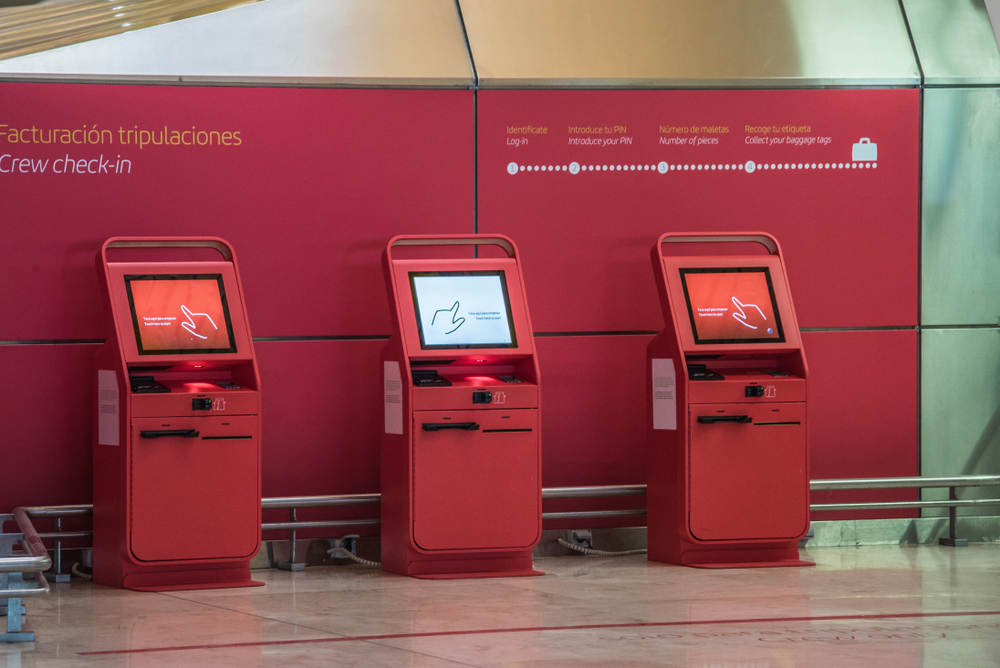Self-service is everywhere now, from the tills at Tesco to the gates at Gatwick.
And for the most part, it’s made our lives easier, and it’s made completing tasks quicker.
But this summer I was reminded of its limitations.
We were heading off to Lisbon for a family break, and although I’d checked in online, I still had to use one of those self-service baggage tag machines.
Now, when you’re travelling alone for business, they’re a piece of cake, but when you’re a family of four with piles of bags and two very excited children they become a lot more challenging!
First we had to get to the machine, then we had to scan the boarding passes and allocate a bag to each one, and that’s before we even got the opportunity to start printing any tags out.
And it didn’t end there.
Next we visited the self-service baggage drop where we had to re-scan our boarding passes and put suitcases on the belt one-by-one.
Again, if you were alone it’d be highly convenient, but with two hyped up kids it was a whole different kettle of fish!
Our experience on the way out was in direct contrast to our return journey.
We arrived at Lisbon airport, and were greeted with exactly the same self-service process.
But here’s the difference – there was a staff member specifically there to help over balanced passengers like us.
She dealt with the machines, whilst we dealt with the kids, which made the whole thing A LOT easier, and once we’d finished all the tagging and checking, we were ushered through a fast pass channel as we had two young children.
Self-service is great, but the crucial thing to understand when designing any system is what happens when the out of the ordinary happens? Is there a process to make sure the system is as well-oiled as ever?

